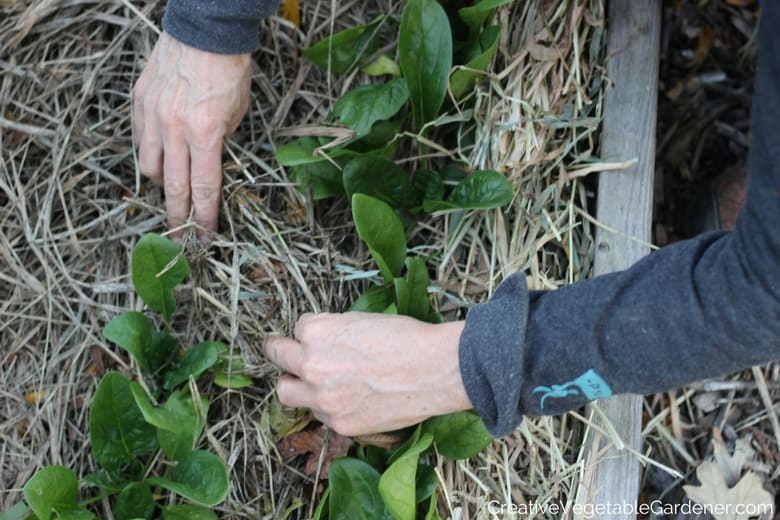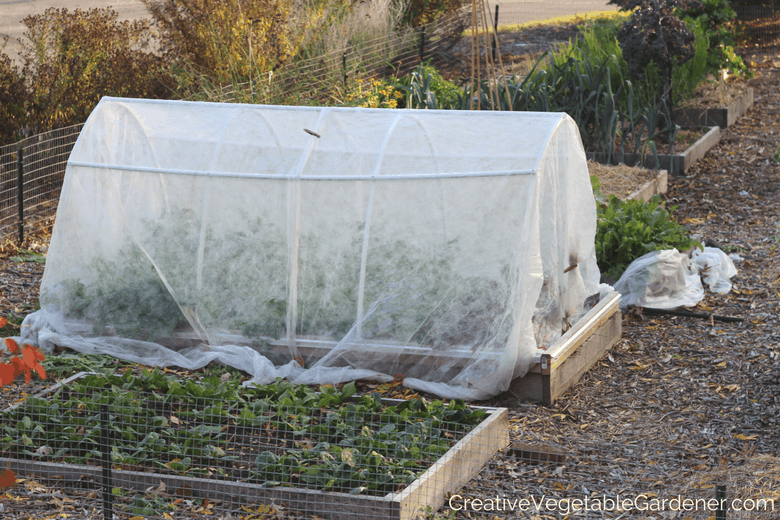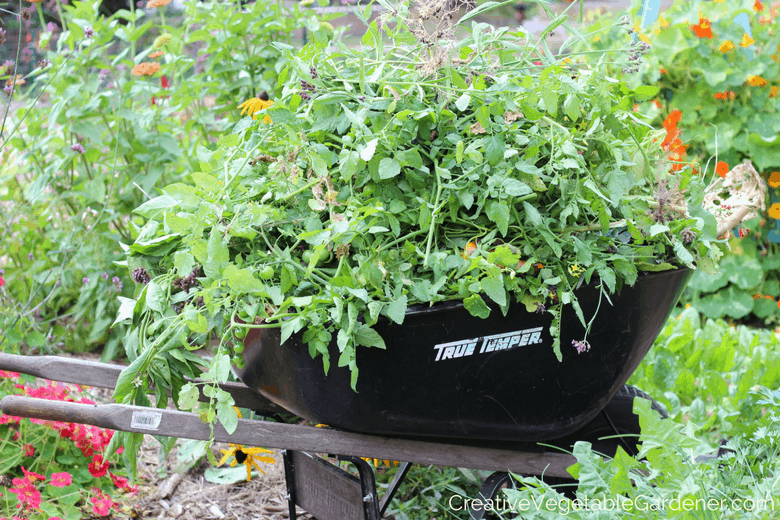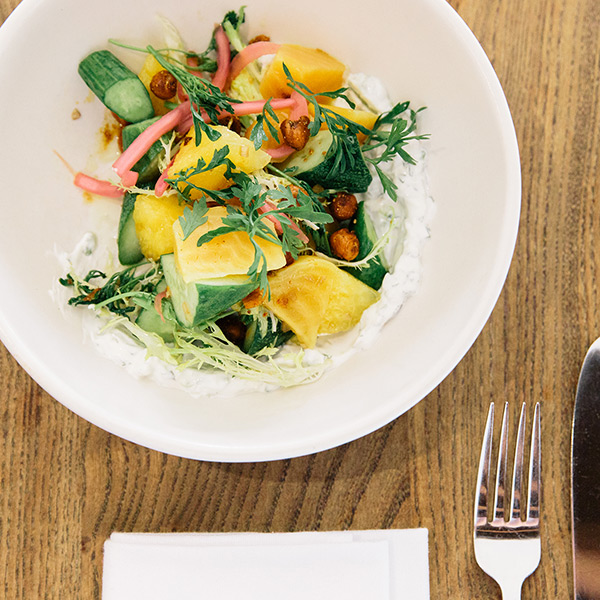When the calendar flips over to the fall season many gardeners immediately hang up their gardening gloves for the year. This is a mistake! If you take some time in fall to prepare your vegetable garden for winter, you’ll reap the rewards in spring with fewer weeds to battle, more healthy soil, and even some vegetables already growing early in the season.
Plus, fall is one of the most pleasant times of the year to be out in your yard basking in the cool, bright sunshine and the slower pace of life. (And no mosquitoes!!!)
Here’s what you should put on your garden clean up to-do list.
5 Tasks to Prepare Your Vegetable Garden For Winter
 1. Clean out old plant debris.
1. Clean out old plant debris.
Because some pests and diseases overwinter on plant debris, it’s important to clear out spent vegetable plants. You should dispose of diseased plants in the trash (unless you have a hot compost pile). All other plants can be placed in your home compost area, put out for your town’s leaf collection, or taken to a yard waste composting site.
This is such an important step that I dedicated an entire blog post to it.
.

2. Mulch all garden beds.
As you go about your fall clean up, make sure you’re not leaving bare soil behind. The winter cold and winds can be tough on garden soil and in the spring the weeds start growing especially early on bare soil. A thick layer of mulch will protect the soil over the winter and keep it neat and tidy until you can get to it next spring.
I’m a mulching evangelist! I wrote a whole post about mulching your fall garden here.
.

3. Cover plants with row cover.
Even though you’re tidying up your garden, you’ll want to make sure to leave any fall vegetables that you’re hoping to continue to harvest from this year and next (newly planted garlic, spinach, perennial herbs).
If you’re interested in playing around with season extension, row cover is a great way to start. By placing this thin white fabric over some of your fall vegetables you can protect them from early frosts and continue to harvest them into the late fall and early winter.
You can learn how to use row cover in your fall garden here.
.

4. Plant Garlic.
Garlic is one of the easiest, and most fun crops to grow in the garden. It requires very little maintenance and suffers from few pests and diseases. It’s planted in late October through November in most regions and harvested the next July. Planting it in fall is like throwing your hat into the ring for another year.
I’ve written a few popular posts on growing garlic: why you should plant it, how to decide what types to grow, and how to harvest and cure it.
.

5. Plant bulbs for more spring color.
A few years ago I decided to plant some spring bulbs at the corners of some of my vegetable beds to add some early spring color to my vegetable garden, and I’ve been really happy with the results. Once the bulbs die back in late spring I can plant annual flowers in their place to continue the color into the rest of the season.
I share some tips and photos about using bulbs in your veggie garden in this post and highlight five unusual bulbs to plant in your garden here.
This year, spend some of these amazing days to prepare your vegetable garden for winter. You’ll get some exercise, breathe the fresh air, beautify your garden, and ensure that you’ll have a lot less work to do in the spring!








